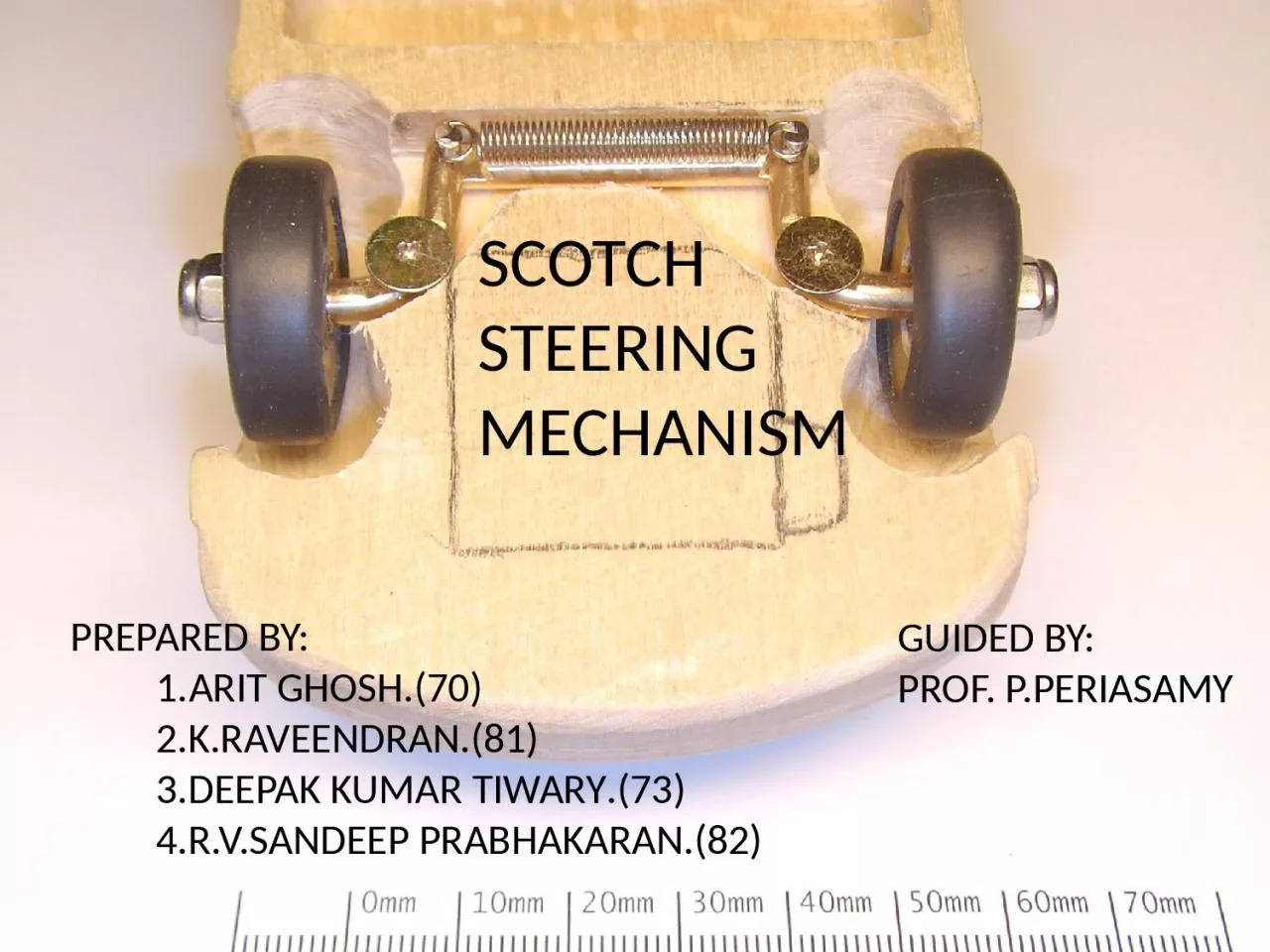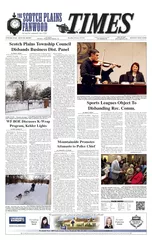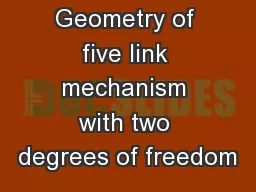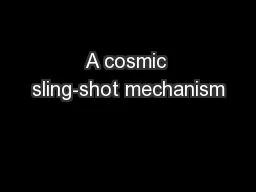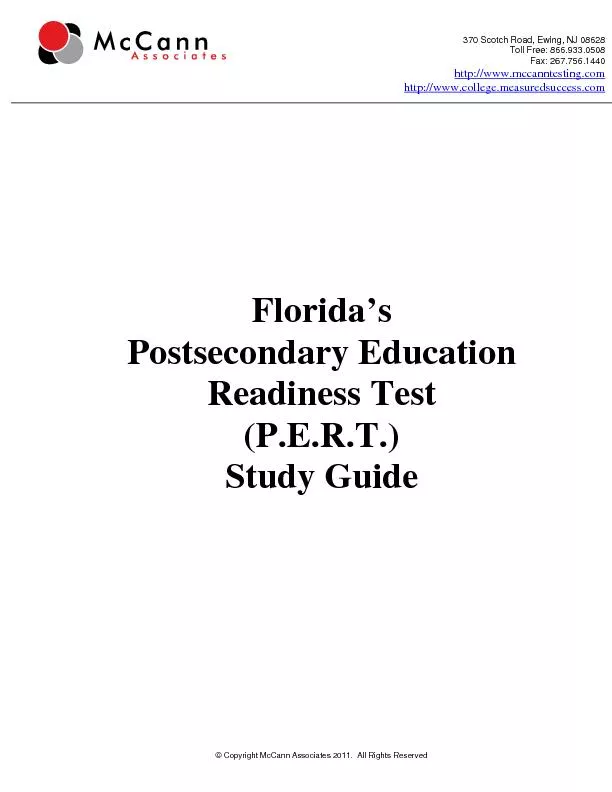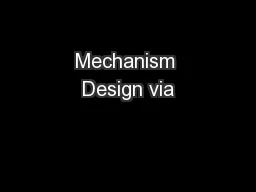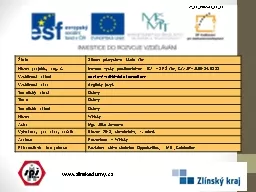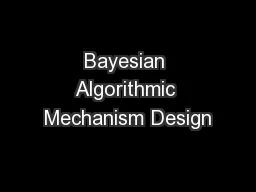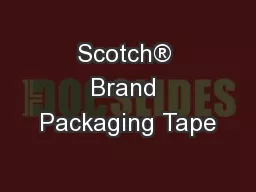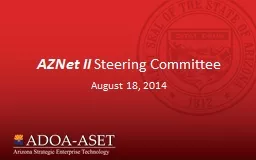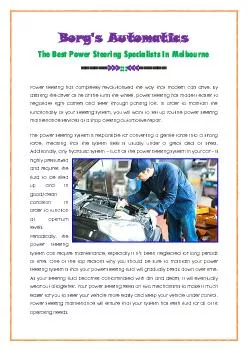PPT-SCOTCH STEERING MECHANISM
Author : isla | Published Date : 2023-09-21
PREPARED BY 1ARIT GHOSH70 2KRAVEENDRAN81 3DEEPAK KUMAR TIWARY 73 4RVSANDEEP PRABHAKARAN82 GUIDED BY PROF PPERIASAMY ABSTRACT
Presentation Embed Code
Download Presentation
Download Presentation The PPT/PDF document "SCOTCH STEERING MECHANISM" is the property of its rightful owner. Permission is granted to download and print the materials on this website for personal, non-commercial use only, and to display it on your personal computer provided you do not modify the materials and that you retain all copyright notices contained in the materials. By downloading content from our website, you accept the terms of this agreement.
SCOTCH STEERING MECHANISM: Transcript
Download Rules Of Document
"SCOTCH STEERING MECHANISM"The content belongs to its owner. You may download and print it for personal use, without modification, and keep all copyright notices. By downloading, you agree to these terms.
Related Documents

